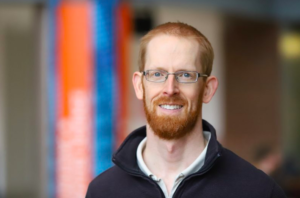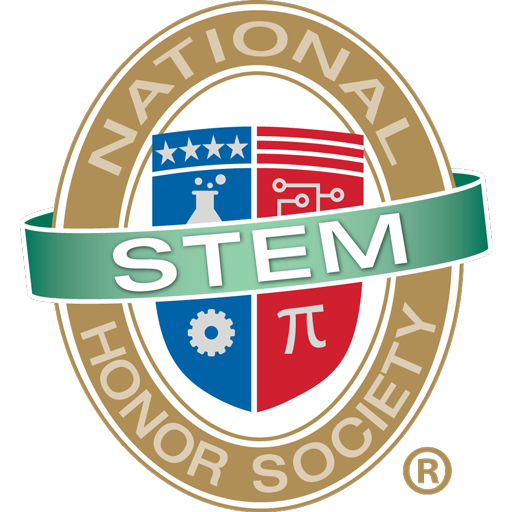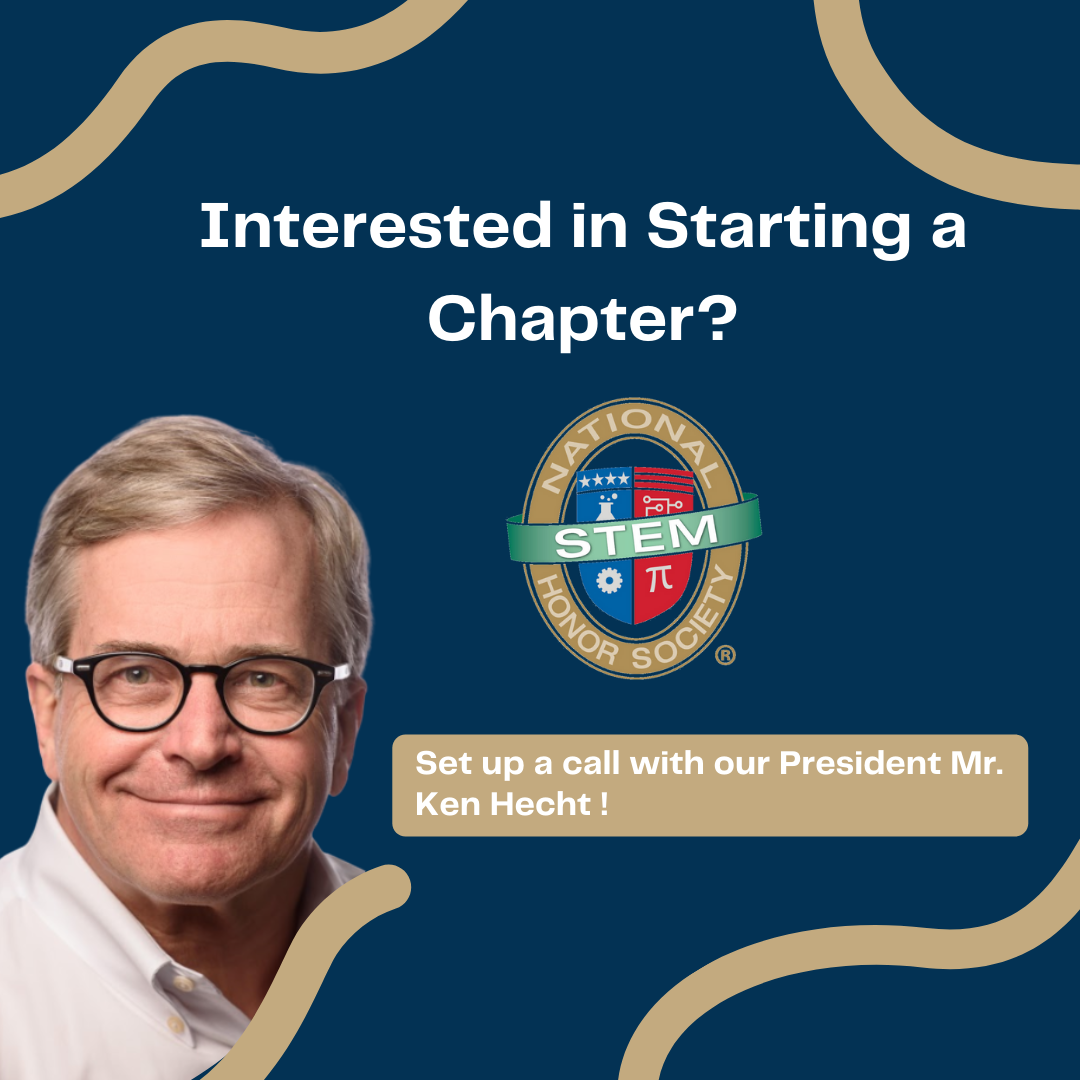Asking about his experience working with and engaging middle school students, Chelsea Lynn Kowal interviews her college professor, Dr. James Henderson, from Syracuse University (SU). Dr. James Henderson has his own lab at SU, where he is an Associate Professor of the Department of Biomedical and Chemical Engineering and the Department of Biology (by courtesy). He also is the Director of the Bioengineering Graduate Program. NSTEM hopes you find some tips to implement into your classroom!
Chelsea: What are 5 recommendations you have for middle school teachers on how to engage students in STEM fields?

Dr. James Henderson: I hope these are useful. Many teachers likely already know of these options.
1) There are many great, free tools coming out of companies like Apple and Google to help kids learn coding and other topics. It’s a golden age for widely accessible resources.
2) Feel free to reach out to university STEM faculty to ask about collaborating. Many professors have outreach programs as part of their grants and would jump at the opportunity to team up. It may take a few emails to find the right person to talk with, but it should be very doable.
3) Related to my first point, there are now some great and relatively cheap materials, like microprocessor boards, that weren’t available even a few years ago. If the school could invest in a few RaspberryPi, Arduino, Adafruit, or other devices, it opens up all kinds of opportunities for students to acquire new skills.
4) Many universities have student chapters of STEM clubs who would be happy to team up with teachers or STEM clubs at middle schools (NSTEM is the perfect extracurricular for students passionate about learning new STEM concepts!).
5) Universities are increasingly using flipped classrooms, and anything similar that could be done at the middle school level might better engage the students there while also preparing them for high school and college.
Chelsea: I know that when I took your class at Syracuse University, we had to work on a team to create a STEM-focused lesson plan for a middle school class. What are 5 things that you have learned about engaging college students in helping middle schoolers in STEM fields? Have your actions succeeded? Would you recommend this method to other STEM college professors?
Dr. James Henderson:

1) Interest levels for the college students vary, so provide a strong motivation for the collaboration.
2) Relate the collaboration to transferable job skills.
3) Make use of online resources so that not all interactions need to be in person (particularly now with COVID-19).
4) Help the college students realize they can be role models, much more so than a professor can.
5) Coordinate with other programs, such as pre-college programs, to create a pipeline middle schools students can pursue.
I think there were a lot of positive outcomes, but next time I’d like to have longer-term outcomes assessment data collected.
Chelsea: I know that you are an advocate for using different learning styles in your classes. Can you explain the different learning styles, why it is so important to understand learning styles and any advice on how teachers can engage different students with different learning styles?
Dr. James Henderson: People tend to learn in different ways, with some, for example, doing better with visual information, others with auditory/spoken information, and others when writing down what they’re learning. One key way to address that diversity is to provide a variety of examples and materials that mix the different modes so that people can focus on the materials that best work for them.
Chelsea: How do you personally act to get and keep your students interested in STEM fields?
Dr. James Henderson: I try to stay abreast of the most current knowledge and technologies so that I can provide engaging projects and concepts that feel fresh and important to the students.
Chelsea: Have there been any challenges you have faced as a STEM professor?
Dr. James Henderson: If the class I’m teaching has more than one person in it, there will be more than one set of preferences and learning styles. It’s fun but challenging to find ways to teach that reach as many people as possible!
Written by Chelsea Kowal
Visit the NSTEM page for more posts about our STEM community!

